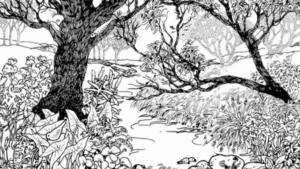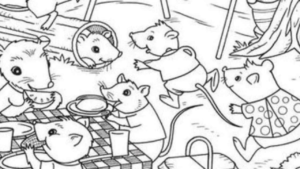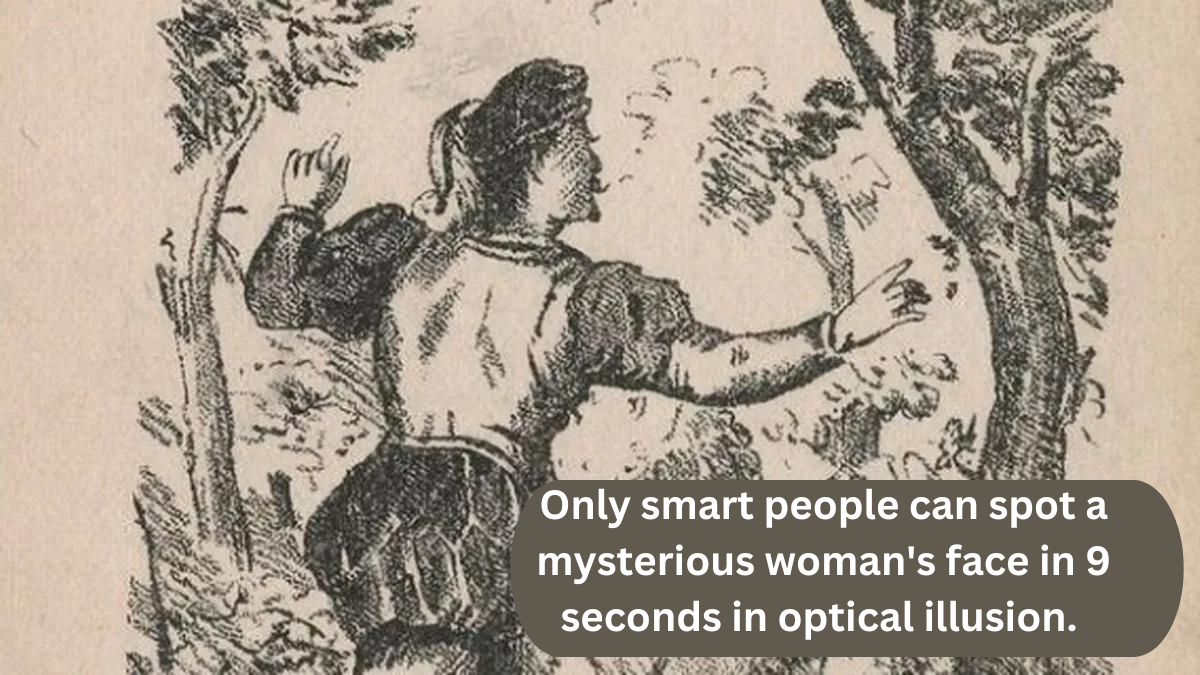According to Associate Professor Paul E. Dux from the School of Psychology at the University of Queensland, the reason why some people can spot the hidden figure quicker than others lies in differences in “spatial attention.” Spatial attention is the brain’s ability to focus on specific elements in our environment while filtering out irrelevant information. In other words, those with better-developed spatial attention are quicker at zeroing in on details that others might miss, allowing them to spot the hidden woman in the illusion more efficiently.
What makes optical illusions so fascinating is that they play with our expectations. Our brains constantly try to make sense of the visual information we receive based on past experiences and patterns. In the case of an optical illusion, the image presents conflicting or ambiguous information, leading to a delay or confusion as our brain attempts to interpret what’s really there. Some people might focus on the more prominent features of the image, while others might catch the subtler, hidden details.

This variance in perception is why two people can look at the same illusion and see entirely different things. One might immediately spot the woman, while another may only see abstract shapes or an unrelated figure. It’s not that one person is necessarily “better” at visual processing, but rather that their brain processes spatial information differently. This can be influenced by factors such as age, experience, and even the way someone’s brain is wired.
Professor Dux explains that practicing spatial attention tasks, such as solving puzzles, playing video games, or engaging in activities that require quick shifts in focus, can help improve this skill over time. While some people may naturally excel in spotting optical illusions, others can train their brains to sharpen their attention to detail.
Whether you spotted the mysterious woman right away or needed some extra time, optical illusions are a fun reminder of the incredible capabilities of the human brain. These puzzles captivate our attention and show us that perception is often more complex than it seems.
Optical illusions can be a delightful test of our perception, and sometimes, luck plays a role in how quickly we spot what we’re supposed to see. A recent black-and-white drawing shared by JagranJosh features a whimsical scene: a man, reminiscent of Peter Pan, searching for something in a lush woodland setting. At first glance, the intricate details of the illustration might leave you feeling puzzled, as the drawing contains hidden elements that challenge your spatial attention.
Spatial attention, the brain’s ability to focus on specific visual elements while ignoring distractions, is crucial in deciphering such images. While some may quickly hone in on the character and his surroundings, others might take longer to recognize the nuances of the illustration. This variability is part of what makes optical illusions so intriguing—they tap into our cognitive processes and reveal how we interpret visual information.

In the case of this drawing, the man dressed like Peter Pan stands among trees and foliage that create a rich tapestry of shapes and shadows. As your eyes wander over the image, you might first notice the character’s bright outfit and youthful demeanor, but the hidden details—perhaps an object he’s searching for or a playful creature lurking nearby—can be elusive.
How quickly you spot these details can depend on various factors, including your experience with puzzles, the sharpness of your visual attention, and even your mood at the moment. Some people might find themselves gazing at the drawing for an extended period, while others may catch on almost instantly, attributing their success to both skill and a bit of luck.
Interestingly, such challenges can be a fun way to engage friends and family. You can share the image and see who can identify the hidden elements first, sparking conversation about individual experiences and approaches to visual perception. This adds a social aspect to the activity, encouraging laughter and camaraderie as participants express their frustrations or triumphs.
Ultimately, the enjoyment of optical illusions lies in their ability to captivate us, allowing us to explore the limits of our perception. Whether you excel at spotting hidden figures or find yourself puzzled, each experience offers a unique glimpse into how our brains interpret the world around us. So, take a moment to study the drawing of Peter Pan in the woods—who knows what delightful surprises await your keen observation!

Leave a Reply